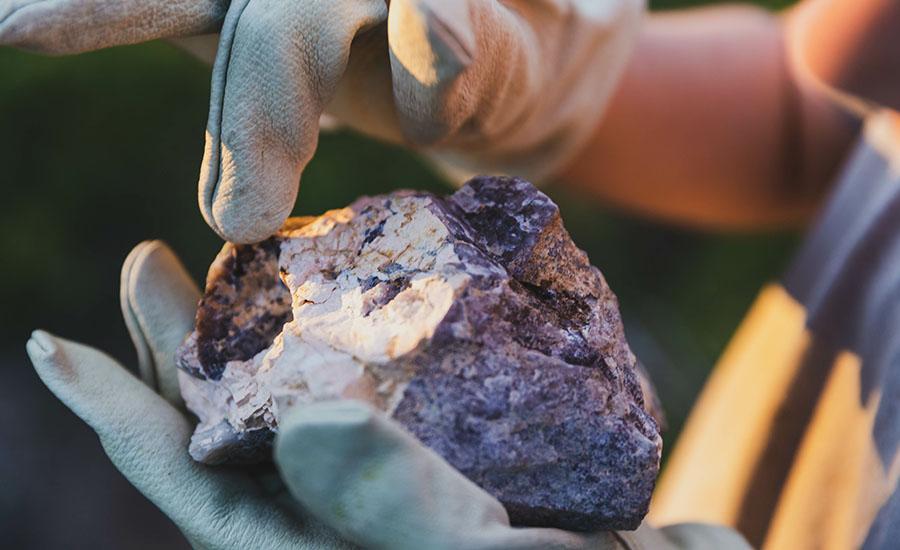
Growing Crystals Part 1: Actualizing the Formation of Crystalline Solid
by Maria Theresa Gonzaga
GROWING CRYSTALS PART 1, A lesson that focuses on the different types of formation of crystalline solid, its properties and the attractive forces responsible to it during chemical bonding.
It is expected that at the end of the lesson the following skills are achieved:
To describe the different types of crystals and their properties: ionic, metallic, covalent and molecular.
To classify crystals according to the forces of attraction.
To relate the properties of different types of solids to the bonding or interactions among particles in these solids.
To Design and create your desired crystalline formation using sugar and sodium tetraborate.
Lesson Plan Link/URL
https://docs.google.com/presentation/d/1tf2IE3MMm6z2Ev--Zk5FHCh8pgJQWNXe/edit?u…Subject Area
Science Physical Science P1: Matter P4: Energy Transfer Technology 3. Knowledge Constructor 6. Creative Communicator English Language Arts (ELA) Reading (Informational Text) Writing
Featured
Off
Related Content

Grades:
6th Grade, 7th Grade, 8th Grade, 9th Grade, 10th Grade, 11th Grade, 12th Grade
This lesson is designed to encourage students to explore their interests and pursue their passions while diving into the world of STEM. This lesson takes place in a classroom for one semester. 1 hour

Grades:
9th Grade, 10th Grade, 11th Grade, 12th Grade
This set of lessons allows students to model the structure of an atom and use this to define trends on the Periodic Table and characteristics within groups. In addition, students can relate the

Grades:
Kindergarten, 1st Grade, 2nd Grade, 3rd Grade, 4th Grade, 5th Grade, 6th Grade, 7th Grade, 8th Grade, 9th Grade, 10th Grade, 11th Grade, 12th Grade
Button makers are great additions in the classroom! But first, students should learn the history of buttons, about the button machine and how to operate it. Challenge cards provided inspire students